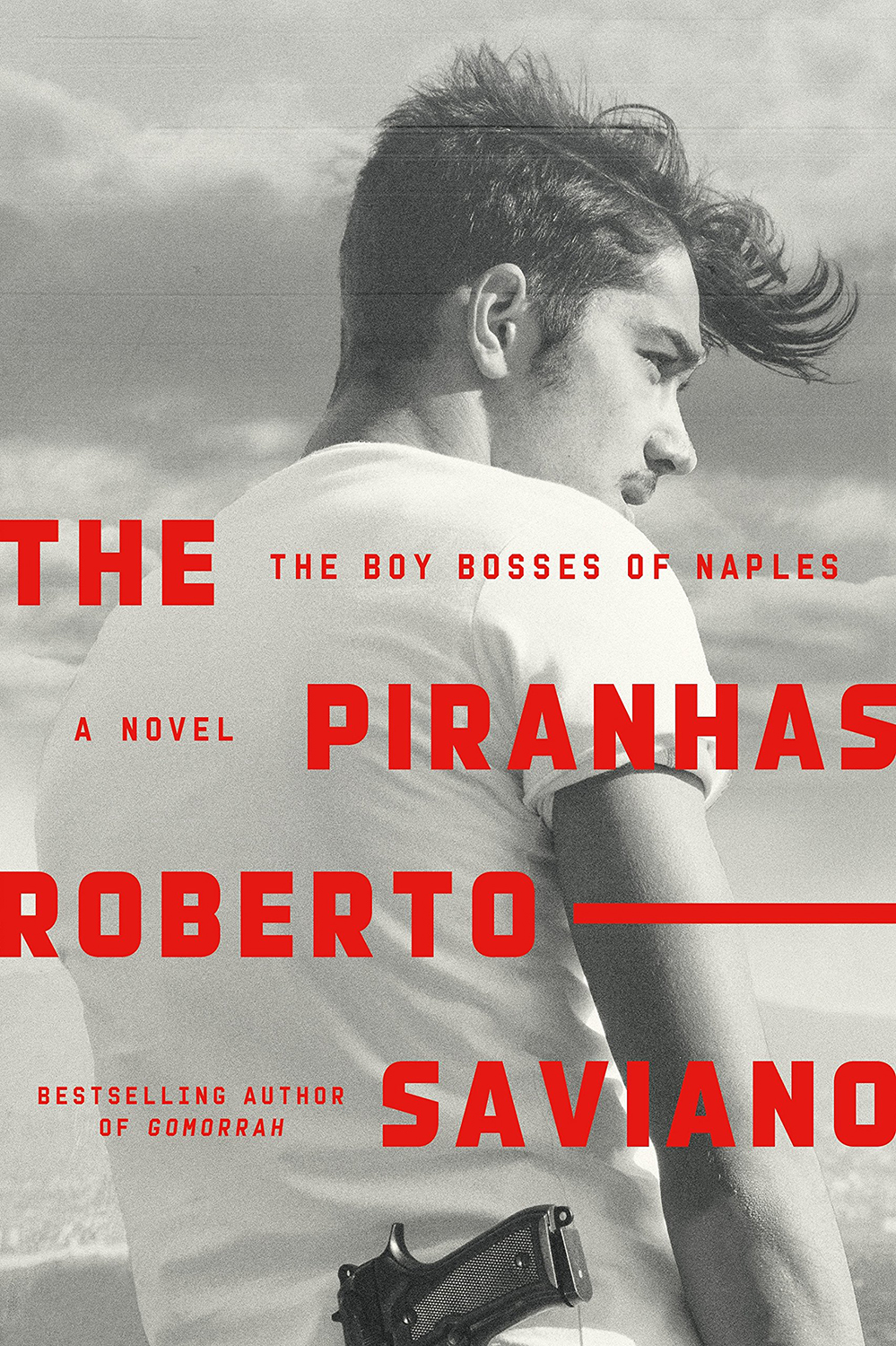John Domini has published three novels and three books of stories, the latest MOVIEOLA! (Dzanc, 2016). His fourth novel, The Color Inside a Melon (Dzanc, 2019), is forthcoming. Shorter fiction has appeared in the Paris Review and elsewhere, and his journalism and criticism in the New York Times and...

